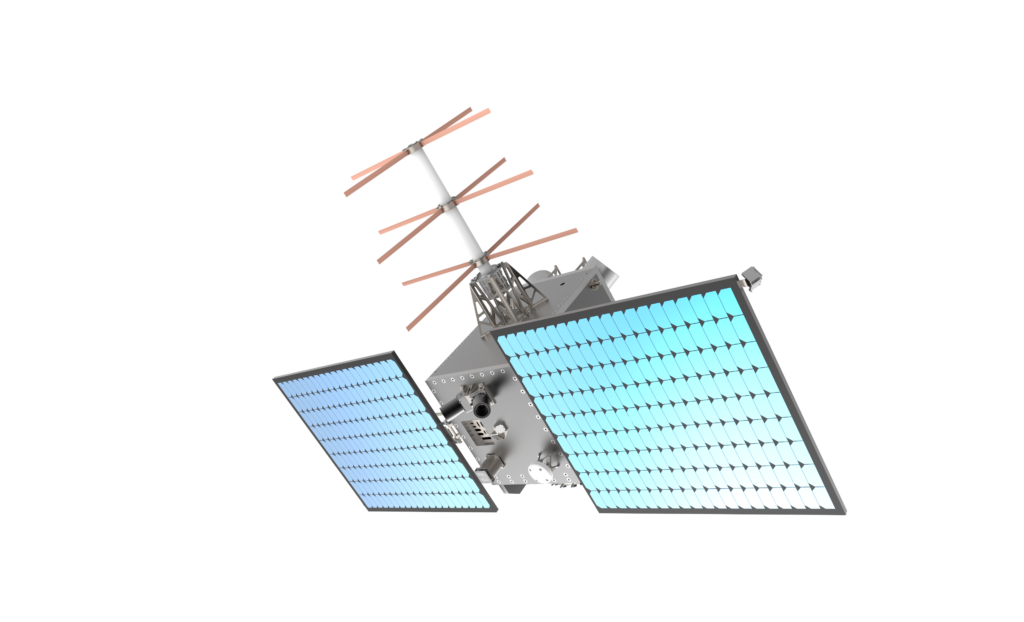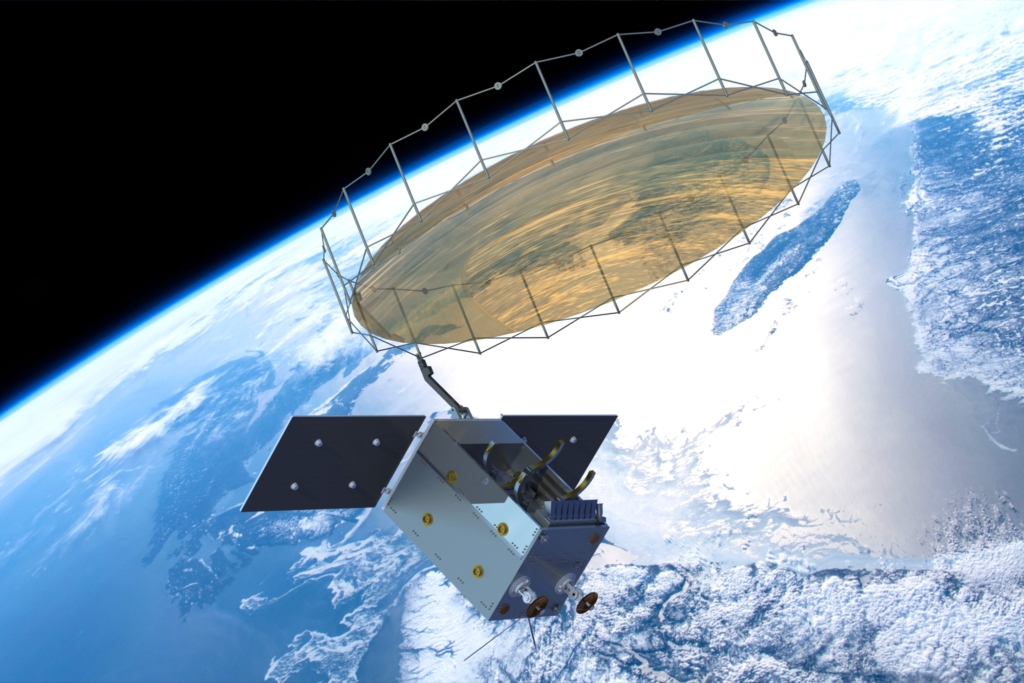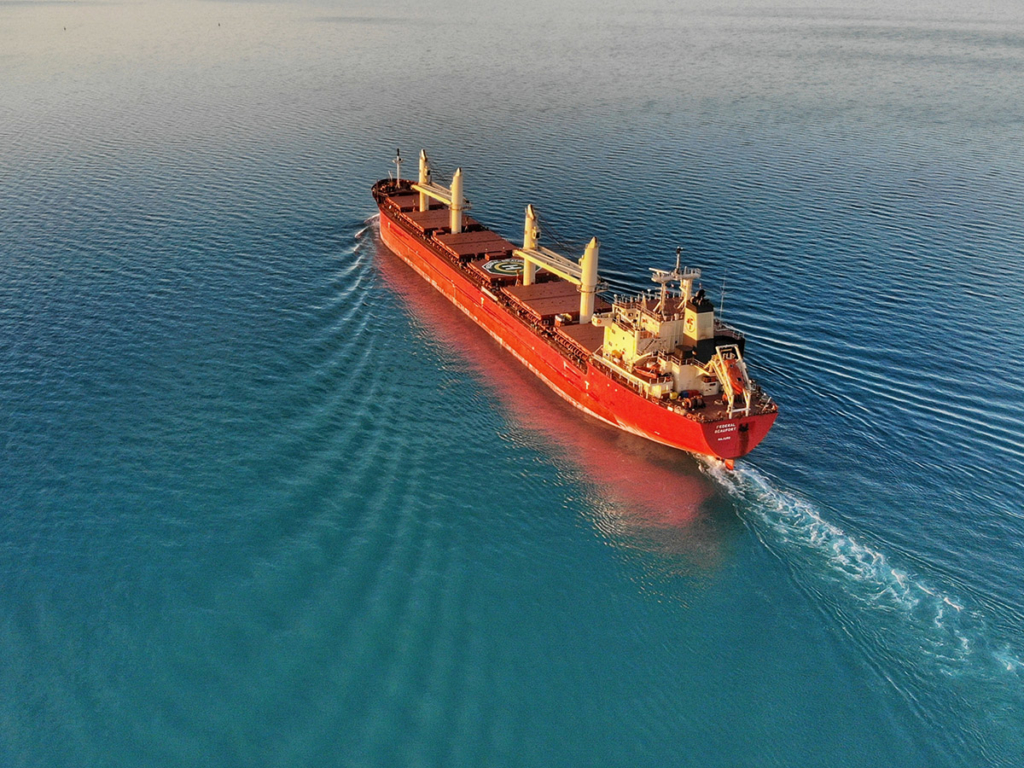The Application Development Infrastructure in Space (ADIS) microsatellite is distinctive in its ability to offer space-based infrastructure as a service, serving both Space Norway and other collaborative partners needs.
While Space Norway will operate ADIS, Kongsberg Satellite Services will provide ground stations for communication and control, ensuring national control and self-sufficiency for Space Norway in satellite operation and payload utilization.
Satellite Purpose
The primary payload on ADIS is an advanced software-defined radio with significant processing capability, operating across a wide frequency range for both transmission and reception. Coupled to its assortment of antennas, this radio becomes an exceptionally flexible platform for research and development, innovation, and business development. It will serve as a crucial platform for Space Norway's activities and other entities. The goal is to make it simpler, faster, and more cost-effective to use ADIS for test and demonstration with signals in space than developing your own satellite.
Demonstrating IoT Services via Satellite
The first mission for ADIS is to demonstrate the Internet of Things (IoT) in new frequency bands. These demonstrations, conducted on behalf of the European Space Agency (ESA), will support regulatory processes in Europe and globally through the International Telecommunication Union (ITU). The objective is to secure new frequency allocations for satellite-based IoT at the Radiocommunication Conference in 2027, WRC-27.
Valuable Payloads
Space Norway is responsible for delivering payloads to the platform provider OHB Sweden. Payloads are delivered from two experienced Norwegian subcontractors: Kongsberg Discovery AS, Seatex (providing the VDES payload), and WideNorth AS (providing the Software Defined Radio payload).
The primary payload on the satellite is a software-defined radio (SDR) offering flexibility in frequency range, bandwidth, processing power and FPGA functionality. This flexibility allows defining and demonstrating new communication concepts even after the satellite's launch.
In addition, the satellite has a secondary payload for VDES, a communication technology designed for data exchange between ships and satellites or coastal stations in the VHF band, specifically developed for maritime communication purposes. Space Norway already operates two VDES payloads in space.
Another Norwegian company, Comrod AS, participates in designing antenna solutions for the ADIS satellite.

ADIS Facts
- The contract with OHB Sweden was signed in May 2023.
- The launch of the ADIS satellite into low Earth orbit (500–600 km) is planned for mid-2025.
- The satellite will support a broad frequency range on both transmission and reception through a software-defined radio provided by WideNorth.
- The first customer for ADIS will be ESA, involving a demonstration of satellite based IoT and characterization of the interference environment.
- ADIS will be equipped with a VDES payload supplied by Kongsberg Discovery AS, Seatex.

